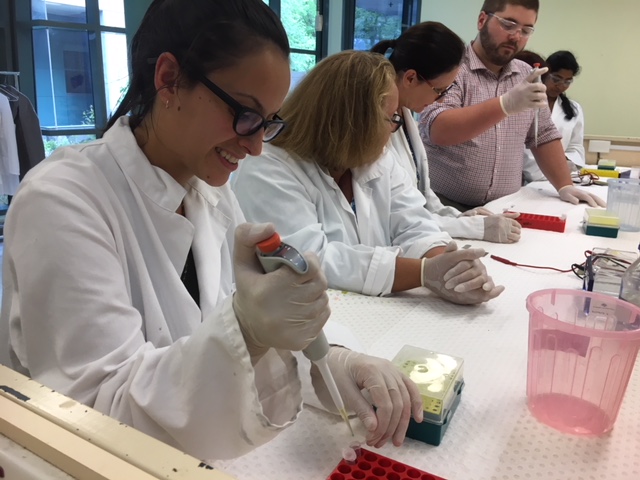
Secondary science teachers from across Australia embarked in Canberra from 8 – 12 January 2018 to network, learn about the latest science, get hands-on lab experience and reignite their spark for science.
Stepping into the foyer of the new Bruce Hall on the campus of the Australian National University, one can hear the chatters and excitement of teachers waiting to begin their week-long National Science Teacher Summer School (NSTSS) program in Canberra. Secondary science teachers from across Australia embarked in Canberra from 8 – 12 January 2018 to network, learn about the latest science, get hands-on lab experience and reignite their spark for science. Helen Ison, who recently moved to Canberra to teach, notes that the best part of the program for her was “networking, meeting other science teachers and hearing their stories, getting to play in the labs, getting great resources, all to help the next generation of inspiring minds!” In addition to learning, teachers visited iconic institutions such as Parliament House, where they role played as senators and witnesses to debate a bill on growing GMO foods in Australia, and Mount Stromlo Observatory, to be enlightened about the wonders of space and our night sky.
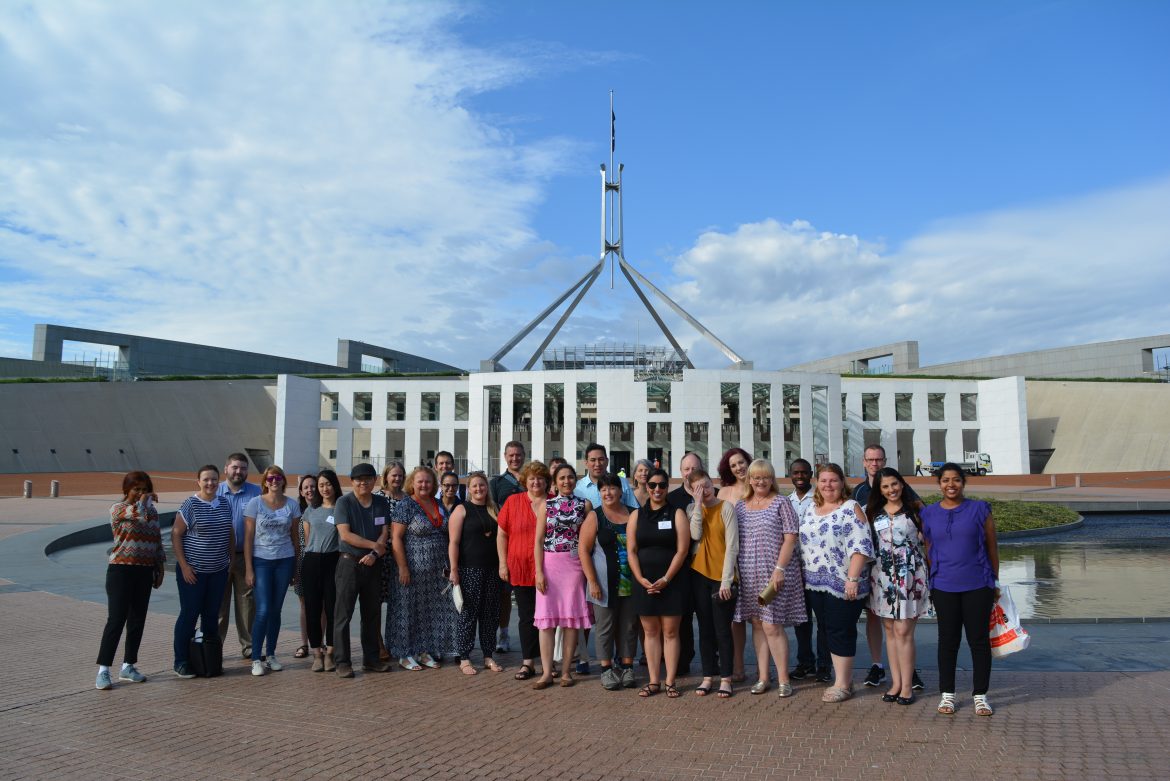
Teachers who attended NSTSS recognised that one of the best things about the program was the opportunity to meet like-minded teachers and be inspired by each other.
Megan Campbell noted that “the thing [she] found most exciting was being with other teachers who are truly passionate about bringing quality science learning to all students.” Caitlin Taylor shared the same thought and said she “loved all the passion from the other teachers.”
The jam-packed week included session panels to discuss how science impacts society, ways to engage students in the classroom, and climate effects on our world. Hands-on activities took place at University of Canberra Health, various research schools at the Australian National University, and CSIRO Black Mountain. Associate Professor Alison Shield, former alumna of the National Youth Science Forum, coordinated laboratory visits for teachers to learn about radiation technology, anatomy, how to conduct physio tests, and pharmacology – including teachers making their own ointment cream. Teachers had a blast dunking their feet in cold water to understand how the loss of sensation in a cold foot affected their balance when they tried to stand on both legs.

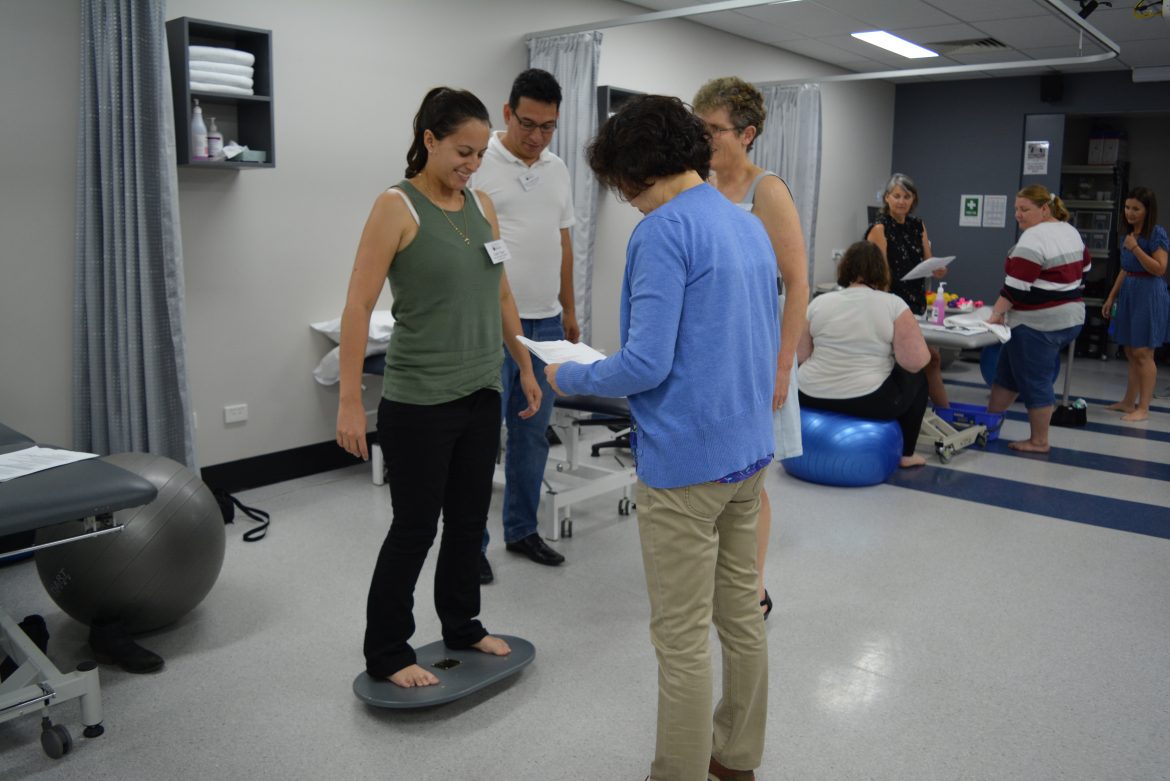
Lucky teachers who visited the ANU Research School of Chemistry received an ice cream treat on a hot Canberra day made with liquid nitrogen, in addition to learning the chemistry behind blueprinting solution and materials. Those who went to the Research School of Physics and Engineering generated radioactive isotopes of indium in the laboratory and discussed the use of lasers in new technologies for high speed communications and quantum computing. Studying rocks, earthquakes and fluid dynamics were part of the activities offered to the teachers by scientists at the Research School of Earth Sciences. More rock fun facts were discovered during the behind-the-scene tour of Geoscience’s soil storage facility.
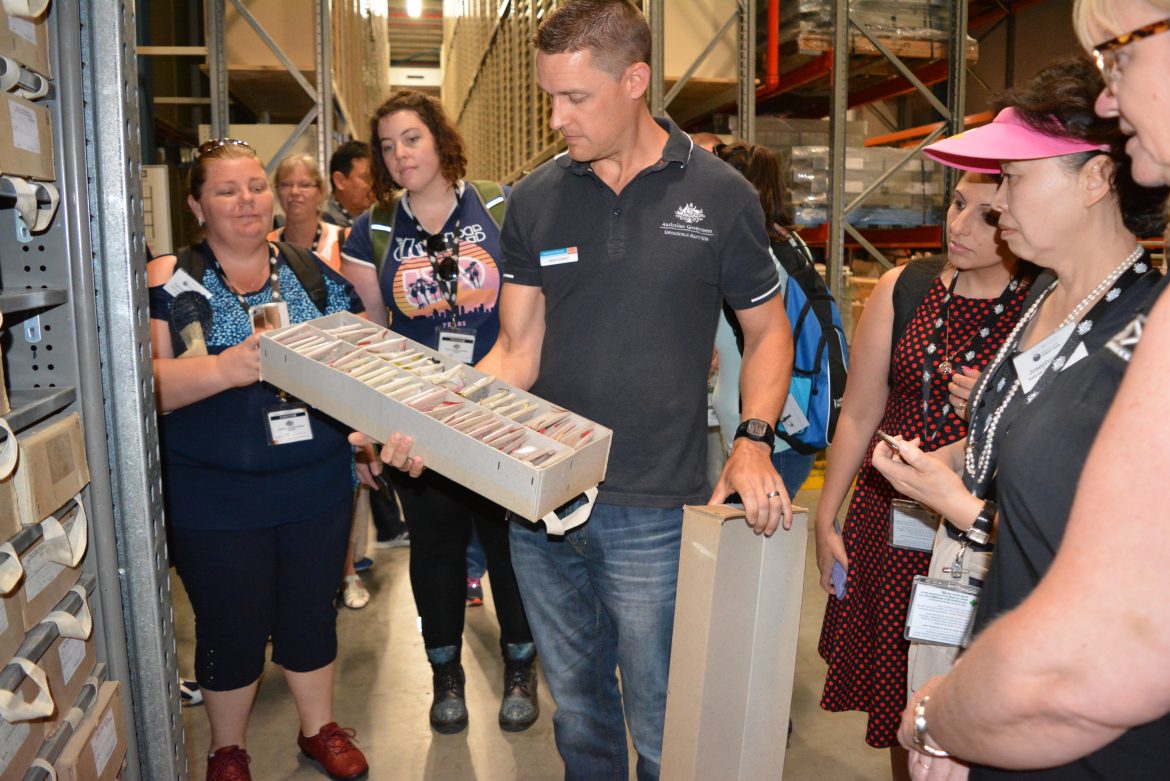
This year’s teachers were staying out late all four nights of the program! In addition to our astronomy visit at Mount Stromlo Observatory and the Science Dinner with the National Youth Science Forum Year 12 students, they also had optional visits to the live videoconference with a CERN physicist or Mulligans Flat Sanctuary on Tuesday night, and to the McNamara-Saunders Astronomy Teaching Telescope (MSATT) on Wednesday night. While some teachers heard a song about particle physics and learned about CERN research, other teachers were on the night prowl in search of three threatened and reintroduced species, the eastern bettongs, stone brush curlews, and eastern quolls. Our clear night following the afternoon thunderstorms was perfect for a night walk to find a quoll and mum and bub bettong! On Wednesday, windy and cloudy conditions could not stop the teachers’ excitement to visit the teaching telescope and hear about how a dream to start a high school astronomy program was turned into a reality.
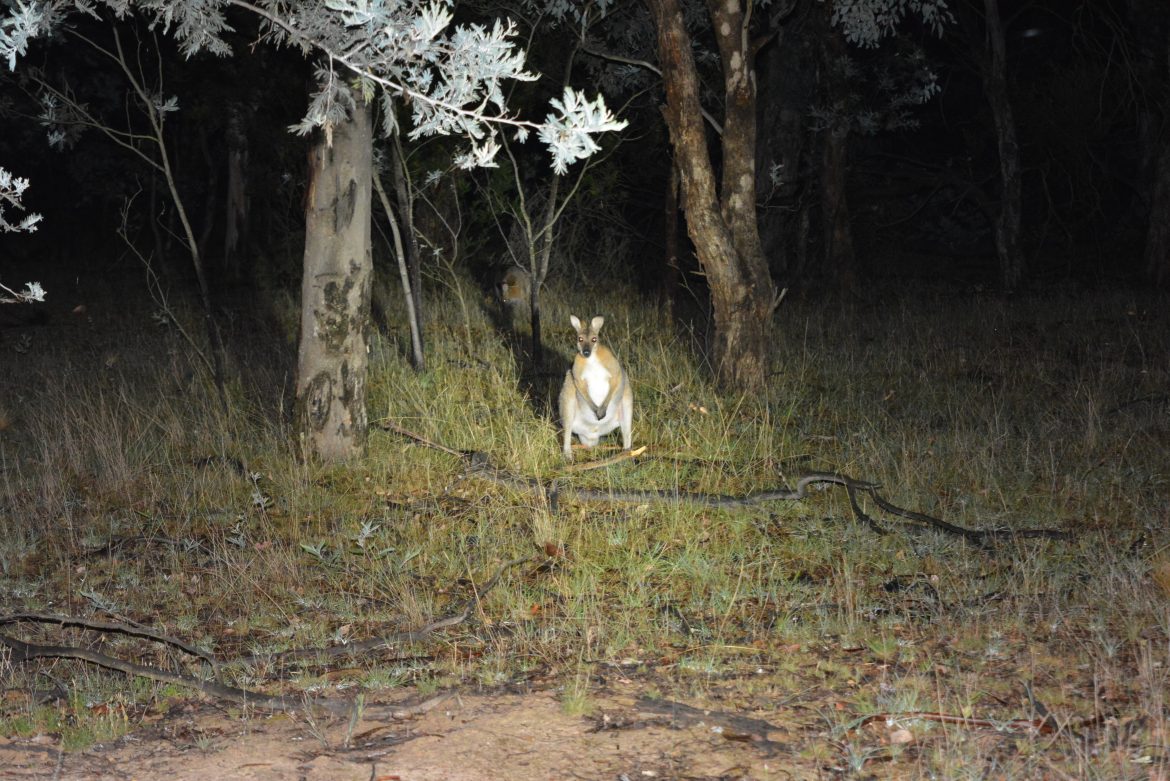
The start of the week began with teachers arriving to NSTSS with different goals in mind. Some teachers hoped to obtain new ideas and resources, be inspired by new technology and innovation, update their scientific knowledge, and understand particle and quantum physics better to teach their students. Tanya Olip says that she wanted to “develop programs and units of work that encompass ‘Hands on’ and inquiry-based learning.” By closing day, the teachers agreed that the program successfully hit all targets. Chris Barnard, a teacher from a rural school, summed it up best when he says,
“I got to meet amazing and inspiring scientists working in universities, research labs and elsewhere, from all disciplines-and fed off their passion and knowledge. I feel so full of ideas, things I want to create and do, from big pie in the sky teaching programs to exciting ideas for individual classes…. If you can, get on board the NSTSS 2019 program. And if you have students going into year 12 in 2019 who have a passion for science, get them involved in the NYSF.”